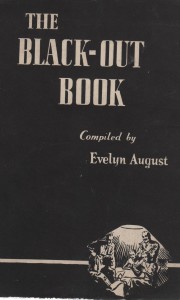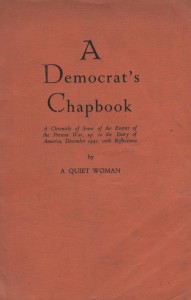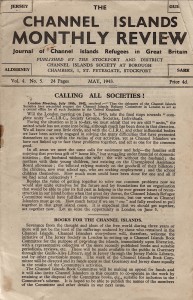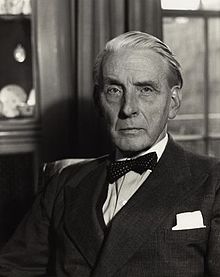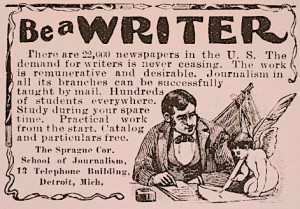 In the fascinating Thousand Ways to Earn a Living (1888) the section on ‘Literary Work’ covers journalism, authorship, and something called ‘compilation’. In the journalism chapter modern-day readers might be surprised at the high rates of pay awarded to humble London hacks ( up to £10 a week in 1888—more than a skilled surgeon or a junior barrister might earn ), but few could argue that in late Victorian Britain , as in 2017, in the newspaper world ‘ the majority of new ventures are promoted by newspaper men who have been underpaid or unfairly dealt with by their employers ‘.
In the fascinating Thousand Ways to Earn a Living (1888) the section on ‘Literary Work’ covers journalism, authorship, and something called ‘compilation’. In the journalism chapter modern-day readers might be surprised at the high rates of pay awarded to humble London hacks ( up to £10 a week in 1888—more than a skilled surgeon or a junior barrister might earn ), but few could argue that in late Victorian Britain , as in 2017, in the newspaper world ‘ the majority of new ventures are promoted by newspaper men who have been underpaid or unfairly dealt with by their employers ‘.
Nor, it seems, has the world of vanity publishing changed much. After praising the commitment to potential authors of such a serious publisher as Bentley (who brought out the early work of Dickens), the dangers of unscrupulous publishers is addressed:
‘Advertising sharks should be avoided. Their only aim is to obtain money from unsuspecting writers of inexperience, and they generally manage to rob those whom they get into toils considerably. During the past few years they have been exposed in many papers; but, as their advertisements still appear, there is no doubt that they are still engaged in their nefarious work. Their advertisements may easily be detected. They generally address their announcements to ‘Authors, Amateurs, and others’; sometimes it is fiction, at others poetry that is wanted. But in every case it is plunder that is meant. Mr Walter Besant has laid down the axiom that no one should pay for the publication of his literary work. In the majority of cases this is a good rule, though like many another good rule, it has its exceptions…’
The rewards earned by novelists has perhaps changed a little in 130 years. Back then ‘the novel-writer ‘, we are told, got’ £50 to £1,000 for a book’. To us this seems rather generous, considering that in 2017 an average first-time novelist would be lucky to receive an advance of £500. What has changed greatly since 1888 is the demise of the serial.’ The modern novelist’, it was reported, ‘ usually manages to run each story he writes through a magazine and a number of provincial and colonial newspapers before issuing it in book form ‘. Incidentally, note the gendering of this modern novelist at a time when the most popular novelists were likely to be writers like Rhoda Broughton and Marie Corelli. Continue reading

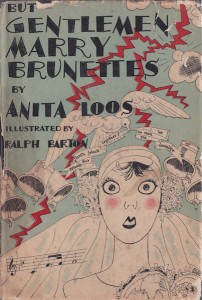
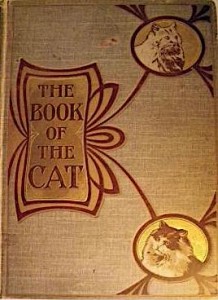
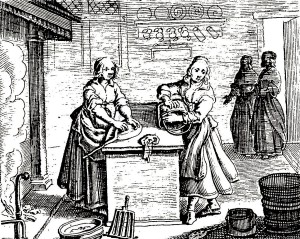
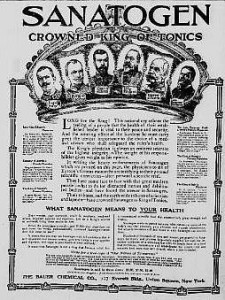
 Another in the series “I once met” and the sub category “I once danced with..” used when the meeting was only with someone who knew the person (almost always famous.) This is a reference to the popular song “I danced with a man who danced with a girl who danced with the Prince of Wales.” An earlier Jot concerned a meeting with a
Another in the series “I once met” and the sub category “I once danced with..” used when the meeting was only with someone who knew the person (almost always famous.) This is a reference to the popular song “I danced with a man who danced with a girl who danced with the Prince of Wales.” An earlier Jot concerned a meeting with a 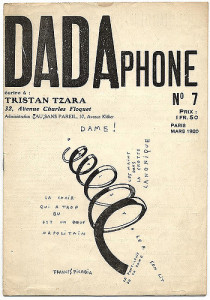
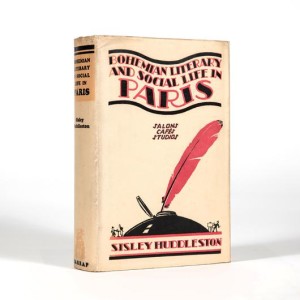
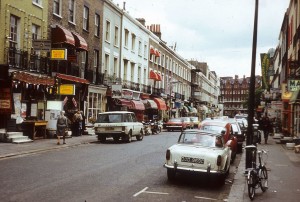 In his Good Food Guide of 1961-62 Raymond Postgate describes the trendy Parkes’ Restaurant at Beauchamp Place (above) in Kensington as ‘ a personal restaurant, dependent upon Mr Ray Parkes, the chef and owner, who offers in his basement at high prices what is claimed to be , and up to date is, haute cuisine.’
In his Good Food Guide of 1961-62 Raymond Postgate describes the trendy Parkes’ Restaurant at Beauchamp Place (above) in Kensington as ‘ a personal restaurant, dependent upon Mr Ray Parkes, the chef and owner, who offers in his basement at high prices what is claimed to be , and up to date is, haute cuisine.’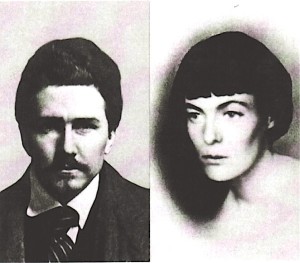
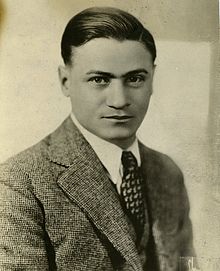 Few American publishers can boast that they have printed 300 hundred million books. Emanuel Haldeman-Julius (1889 – 1951), however, was one who could. An atheist and socialist who believed that the average American had a right to own a library of enlightening, useful and entertaining texts for a few cents a volume, Haldeman-Julius established the Little Blue Book series in the 1920s. Pocket-sized and ranging in subject matter from ancient culture and classic literature to self-help books and handbooks on making your own candy, the Little Blue Books sold in their millions each year, figured in the early education of such American writers as Saul Bellow and Studs Terkel, and anticipated in some respects the very popular ‘Dummies’ of today, though they were very much cheaper.
Few American publishers can boast that they have printed 300 hundred million books. Emanuel Haldeman-Julius (1889 – 1951), however, was one who could. An atheist and socialist who believed that the average American had a right to own a library of enlightening, useful and entertaining texts for a few cents a volume, Haldeman-Julius established the Little Blue Book series in the 1920s. Pocket-sized and ranging in subject matter from ancient culture and classic literature to self-help books and handbooks on making your own candy, the Little Blue Books sold in their millions each year, figured in the early education of such American writers as Saul Bellow and Studs Terkel, and anticipated in some respects the very popular ‘Dummies’ of today, though they were very much cheaper.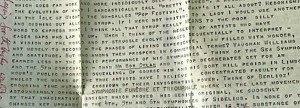
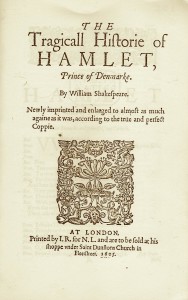
 Discovered in an 1928 issue of John O’ London’s is an anecdote illustrating the importance of punctuation in a legal document.
Discovered in an 1928 issue of John O’ London’s is an anecdote illustrating the importance of punctuation in a legal document.
 Found – a rather battered copy of Siegfried Sassoon’s early book The Daffodil Murderer (1913) published under the pseudonym ‘Saul Kain.’ In decent condition it has auction records like this from Bloomsbury Book Auctions in April 2009:
Found – a rather battered copy of Siegfried Sassoon’s early book The Daffodil Murderer (1913) published under the pseudonym ‘Saul Kain.’ In decent condition it has auction records like this from Bloomsbury Book Auctions in April 2009: